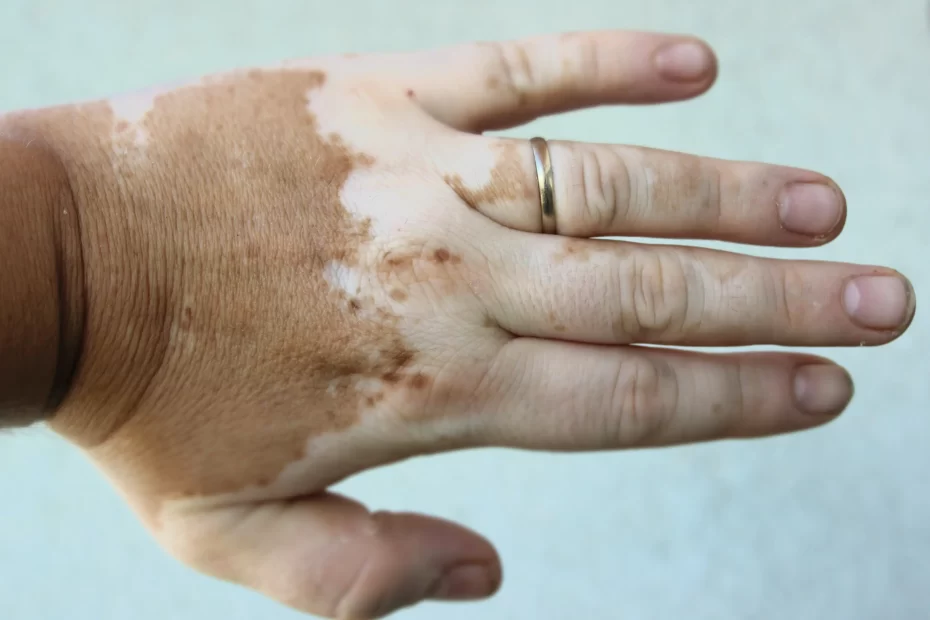Vitiligo is a skin condition that affects millions of people worldwide. Understanding vitiligo and the treatment options available is crucial for those living with this condition. From the causes of vitiligo to the various treatment approaches, this post will provide valuable insights for anyone seeking information about vitiligo. Whether you have been recently diagnosed or are simply curious about this condition, this post aims to shed light on the complexities of vitiligo and the ways it can be managed.
Understanding Vitiligo
Vitiligo is a skin condition that causes the loss of skin color in patches. It occurs when the cells responsible for producing melanin, the pigment that gives skin its color, are destroyed. Here are some key points to understand about Vitiligo:
- Symptoms: The primary symptom of Vitiligo is the appearance of white patches on the skin. These patches can occur anywhere on the body and may affect the hair and even the inside of the mouth.
- Causes: While the exact cause of Vitiligo is not fully understood, it is believed to be an autoimmune condition, where the body’s immune system mistakenly attacks and destroys the melanocytes in the skin.
- Impact: Vitiligo not only affects a person’s physical appearance but can also have a significant emotional and psychological impact, especially if the patches are prominent on visible areas of the body.
Understanding these key aspects of Vitiligo is crucial in gaining insights into the condition and its impact on individuals.
Treatment Options for Vitiligo
When it comes to managing Vitiligo, several treatment options are available to help restore skin color and prevent further depigmentation. Here are some common treatment options:
- Topical Medications: Utilizing corticosteroid creams to reduce inflammation and repigment the skin.
- Phototherapy: Exposure to UVB light to stimulate pigmentation in the affected areas.
- Surgery: Procedures like skin grafting, blister grafting, or tattooing to transplant melanocytes to the depigmented areas.
- Oral Medications: In some cases, oral medications may be prescribed to help control the spread of Vitiligo.
It’s essential to consult a dermatologist to determine the most suitable treatment plan for your individual condition. Keep in mind that results may vary, and patience is crucial when undergoing Vitiligo treatment.
